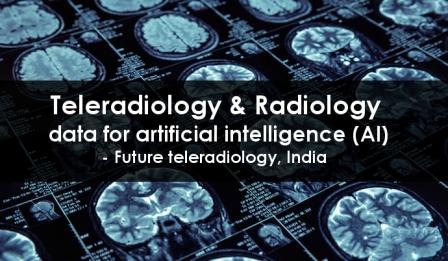
Introduction: In the realm of medical imaging, PET scans and CT scans play pivotal roles in providing detailed insights into the human body. However, they are distinct in their approaches and the information they reveal. Let’s delve into the key differences between PET scans and CT scans to demystify their roles in healthcare.
**1. Principle of Imaging:
- PET Scan: Operates on the principle of detecting positron-emitting radioactive tracers injected into the body. These tracers accumulate in tissues, and their emissions are captured to create images.
- CT Scan: Relies on X-rays to create detailed cross-sectional images of the body. It utilizes X-ray beams from different angles to produce a comprehensive view.
**2. Functional vs. Structural Imaging:
- PET Scan: Primarily used for functional imaging, highlighting metabolic activity in tissues. It’s especially effective in detecting abnormalities at the cellular level.
- CT Scan: Primarily provides structural images, depicting the detailed anatomy of organs, bones, and tissues.
**3. Information Depth:
- PET Scan: Offers insights into cellular-level activity, showcasing how tissues function and metabolize glucose.
- CT Scan: Provides detailed anatomical information, revealing the shapes and sizes of structures within the body.
**4. Use of Radioactive Tracers:
- PET Scan: Involves the use of radioactive tracers like fluorodeoxyglucose (FDG) that emit positrons. These tracers highlight areas with increased metabolic activity.
- CT Scan: Does not use radioactive tracers; instead, it relies on X-rays to capture images.
**5. Cancer Detection and Staging:
- PET Scan: Valuable for cancer detection, staging, and monitoring treatment response. It can identify areas with high metabolic activity, indicative of tumor growth.
- CT Scan: Also used in cancer diagnosis and staging, focusing on detailed anatomical information. Often combined with PET in a PET/CT scan for a comprehensive approach.
**6. Radiation Exposure:
- PET Scan: Involves exposure to a minimal amount of radiation due to the radioactive tracers.
- CT Scan: Involves exposure to X-ray radiation, and the amount can vary depending on the specific scan.
**7. Applications in Neurology and Cardiology:
- PET Scan: Widely used in neurology to study brain functions and in cardiology to assess blood flow and viability of heart tissue.
- CT Scan: Commonly used for brain and cardiac imaging, providing detailed structural information.
Conclusion: Understanding the differences between PET scans and CT scans is crucial for healthcare professionals and patients alike. While PET scans excel in functional imaging, highlighting metabolic processes, CT scans focus on structural details, offering a comprehensive view of the body’s anatomy.
Service Areas:- Junagadh – Junagadh City, Junagadh Rural, Vanthali, Manavadar, Keshod, Mangrol, Mendarda, Maliya, Hatina, Bhesan, Visavadar; Gir Somnath – Veraval, Talala, Sutrapada, Kodinar, Gir-gadhada, Una; Kheda – Galteshwar, Thasra, Kathalal, Kapadwanj, Mehmdabad, Kheda, Matar, Mahudha, Vaso, Nadiad (Rural), Nadiad (City); Narmada – Nandod, Garudeshwar, Tilakwada, Dediapada, Sagbara; Mehsana – Kadi, Visnagar, Vijapur, Vadnagar, Kheralu, Becharaji, Satlasana, Jotana, Unjha; Panchamahal – Khanpur, Kadana, Santrampur, Lunawada, Shahera, Morava, Godhra, Kalol, Dhodhanba, Halol, Jambudhoda; Sabarkantha – Himatnagar, Idar, Prantij, Talod, Khedbrahma, Poshina, Vadali, Vijaynagar; Porbandar – Kutiyana, Ranavav.
